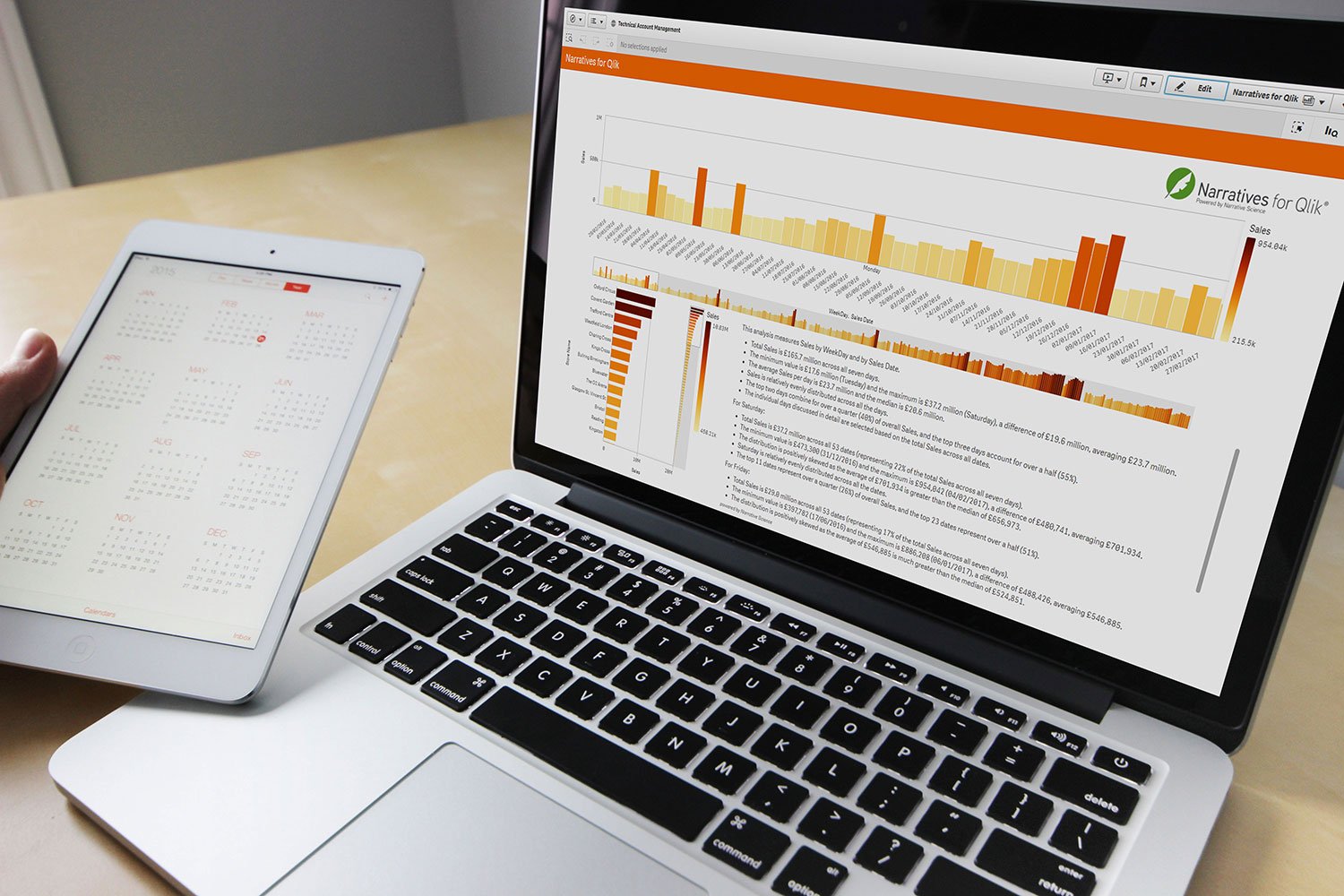Choosing the right chart
The Four Main Types of Visualisations:
Comparison
Comparison charts are used to compare the magnitude of values to each other and can be used easily to find the lowest and highest values in the data. It can also be used to compare current versus old values to see if the values are increasing or decreasing. Common questions are “what products sell best” and “how are our sales compared to last year”.
Charts include:
Variable width chart
Bar chart – horizontal or vertical
Table or tables with embedded charts
Line chart
Circular area chart
Composition
Composition charts are used to see how a part compares to the whole and how a total value can be divided into shares. Composition charts shows the relative value but some charts can also be used to show the absolute difference. The difference is between looking at percentage of total and value of total. Common questions are “how big of a market share do we have in a region” or “what areas are our budget divided into”.
Charts include:
Stacked bar chart
Stacked area chart
Pie chart
Waterfall chart
Tree map
Distribution
Distribution charts are used to see how quantitative values are distributed along an axis from lowest to highest. Looking at the shape of the data a user can identify characteristics such as the range of values, central tendency, shape and outliers. It can be used to answer questions such as “number of customers per age group” or “how many days late are our payments”
Charts include:
Bar histogram
Line histogram
Scatter plot
Relationship
Relationship charts are used to see the relationship between the data and can be used to find correlations, outliers and clusters of data. Common questions are “is there a correlation between advertising spend and sales of our products” or “how do expenses and income vary per region, and what’s the deviation”.
Charts include:
Scatter plot
Scatter plot bubble size





Comments